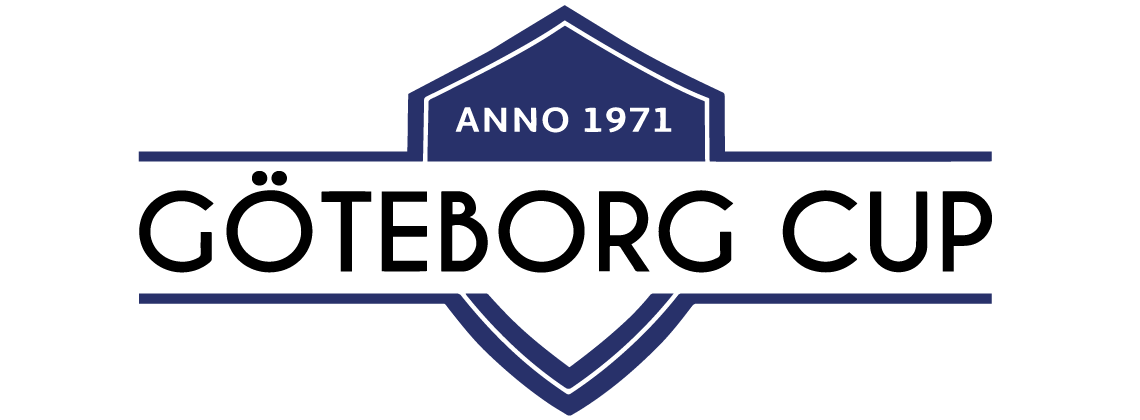Göteborg Cup: A Legacy of Passion and Growth
Göteborg Cup has been a cornerstone event for IF Warta for nearly five decades. But how did it all begin, and why?
Sture Jeanson, a long-time board member of IF Warta, recalls:
- By the late 1960s, IF Warta was expanding rapidly. We were participating in camps and tournaments with many strong youth teams. We had a special relationship with Baekkelagets SK from Oslo. They had a setup similar to ours, but with a top-class clubhouse. It was here that we got the idea of how we could develop our own club.
- IF Warta's clubhouse only had one changing room, used by the senior players. Youth teams often had to change at community centers, in various garages, attics, or even at home. We wondered if we could expand our clubhouse. The finances were always tight, and many bills were paid late. Could we raise some initial funds by organizing our own tournament?
- We discussed with Baekkelaget and a club from Copenhagen about starting a handball tournament for youth. It would be scheduled at the start of the handball season, late summer. Since Gothenburg was celebrating its 350th anniversary in 1971, the tournament could be part of the city's jubilee events, and we decided that the first tournament should be held in Gothenburg. The following year, the tournament would move to the other countries in a rotating schedule, meaning we would host it every third year. We believed that the need for handball tournaments in the Nordic countries would be met.
Göteborg Cup eventually grew beyond a handball tournament. By 1980, football and table tennis were introduced, followed by chess, floorball, pétanque, archery, athletics, and school trips in subsequent years.
Back to the spring of 1971, just a month before the registration deadline, the mood was tense within Warta's board. Not a single registration had been received.
In the book "IF Warta – a Young 85-Year-Old," Sture Jeanson shares:
- Of course, we were worried. A lot was at stake.
- Would we cancel the entire event? No, we decided to wait and believe in our idea. We knew from experience that clubs usually send in their registrations at the last minute.
- And sure enough, suddenly the registrations started coming in. One day we received 180-190 registrations, and eventually, we had 588 participating teams.
A significant factor in Göteborg Cup's success was Sture Jeanson's role in the School Board.
- I had many contacts and was able to help us get into schools. This allowed us to accommodate many more people than if we had been limited to our clubhouse and youth centers.
- The participating teams purchased guest cards, which covered meals, accommodation, tram rides, entrance to Liseberg, museums, Paddan boats, and more.
- Göteborg Cup gave us a net profit of 300,000 kronor, half of what the clubhouse cost. We also received an interest-free and amortization-free loan from the municipality of 250,000 kronor.
On June 17, 1972, Wartagården was inaugurated, the result of the members' efforts through Göteborg Cup. By then, IF Warta and the Handball Boys had merged to become HP Warta.
In 1971, 7,000 boys and girls participated in Göteborg Cup. Number of matches: over 1,200.
Comment by Chairman and Tournament Director Sven Anzelius, who, along with Sture Jeanson and Gösta Rutgersson, was a driving force for many years:
- Come back and talk about Vasaloppet…
A line from Göteborgs-Posten: "The Warta leadership maintains the style in this mammoth event and performs an admirable job with all the thousands of details that must be managed."
The collaboration with Oslo and Copenhagen ended in 1977, but Göteborg Cup continued under Warta's management, except for the years 1987-89, when the Swedish Handball Federation's Sweden Open was included in our tournament.
Some figures provided by Sture Jeanson: 588 teams in 1971, 593 teams in 1974, and 368 teams in 1977. From 1980-82, there were 242 handball teams, 208 football teams, 465 table tennis teams, and 30 chess teams.
Revenue from Göteborg Cup has significantly decreased in recent years, largely due to the cessation of school trips. However, the tournament remains important, and each time we visit Wartagården, we can reflect on the initiative taken by creative and action-oriented leaders nearly 50 years ago.
Stefan Thylin












